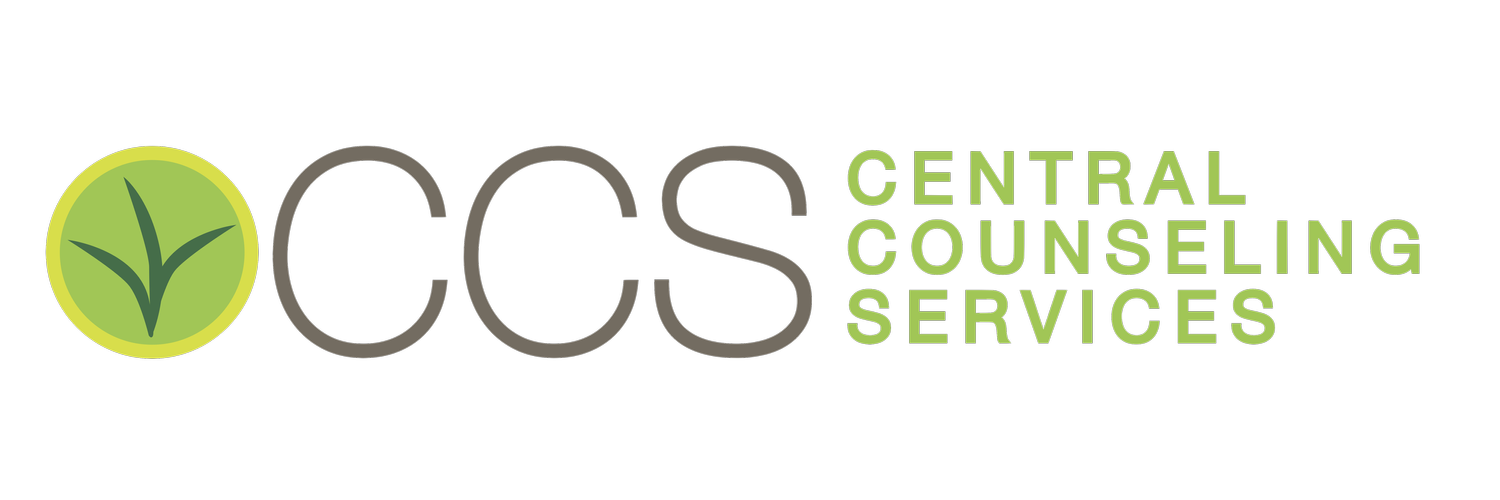Blog

Do your friends tell you you need a therapist?
Nora discusses the struggles and emotions that come along with being visually impaired and wants others to know they aren't alone. It is important to face these challenges and she helps clients combat them by using tools and different coping skills to fight them once and for all. Nora advocates for those struggling and provides a therapeutic safe space with no judgment to help clients live their best lives.

Accidents Happen to All of Us
It is important to remember we are sometimes overtaken by our intense pain, both physically and emotionally, that it is easy to overlook the good and where we can improve our own environment to support healthy functions.

The Meaning of Life: Less Intimidating Than It Sounds
Ultimately, we can’t prevent all bad things from happening to us, and we can’t avoid pain and loss forever. But experiencing terrible things feels… well, terrible. So, if part of the human experience is accepting the reality of pain and loss, what’s an ordinary human to do about it? How can we find a sense of purpose or meaning in the midst of a pandemic, war, political unrest, chronic illness, or anything else we might face in life?

Gratitude: How To Find It And How To Use It
Whether your difficulties preceded or were brought on by or during the pandemic—from health, grief and loss, depression, anxiety, stress, and financial problems, to work-related, family, and relationship issues—you are NOT alone! The important thing to remember, no matter which difficulties resonate, is that we are here for you and can help. Finding gratitude in your every day can also help.

Have You Gotten Boosted For Self-Esteem?
Oftentimes, the focus is given to low self-esteem rather than high self-esteem. People are encouraged to esteem themselves higher and think positively when it comes to their sense of self. How do you know where you lie on the self-esteem spectrum?

Evolving and Having Hope for the New Year
The COVID-19 pandemic has disrupted everyone’s sense of stability, structure, and sense of control, yet again. This long-drawn-out time of uncertainty, combined with the social distancing that keeps us away from family, friends, and normal activities, has taken a significant toll on us physically, emotionally, spiritually, and psychologically. However, there is hope for the New Year, and this blog can help you nurture it.

Creating My Best Self in 2022
Changes are more likely to become part of your routine when you are motivated and are consistent. Strike while the iron’s hot and set yourself up for success as soon as you have made the decision to do so. Even if you have a setback or two, picking yourself up and dusting off will allow you to reset and make any day a new beginning. My challenge to you is not to wait for a New Year’s Day or any other arbitrary day to begin making a positive change in your life.

Finding Your Joy!
We’ve heard the word a million times, but how do we find our joy, reclaim what’s ours & enjoy the world around us? We’re so glad you asked! We’ve got some tips and tricks for finding your joy & keeping it!

Traditions Are Everywhere, Make Self-Care One Of Yours!
What is important in any culture, I think, is taking care of ourselves in difficult times. Partially this might be accomplished by having your family and/or friends around you for support. But selfcare also consists in making sure we eat, get sleep, regular medical care and hopefully are able to go outside in the fresh air. Let's work on creating the tradition of self-care.

Practice Of The Podcast: Episode 92
Jill & Sherry were featured on the Podcast Practice of The Practice, Episode 92!
Join them as they talk through how to grow a large practice that serves the needs of the community!


Nature Therapy
Walking outdoors inspires feelings of awe which gives us a secondary brain boost. We need Nature Therapy to reduce mental overload caused by our busy lives.

The three levels of Monitoring Your Children
Supervision does not take laser-focused intensity: nor does it take exhausting yourself with keeping them entertained. It calls for three levels of monitoring. Each of these levels is necessary; for them AND for you. In order for you to not drive each other “crazy”. Plus the child receives the full benefit of autonomy and parental interaction!
